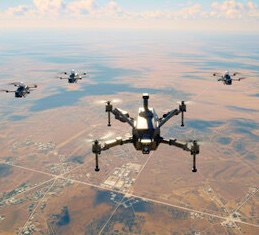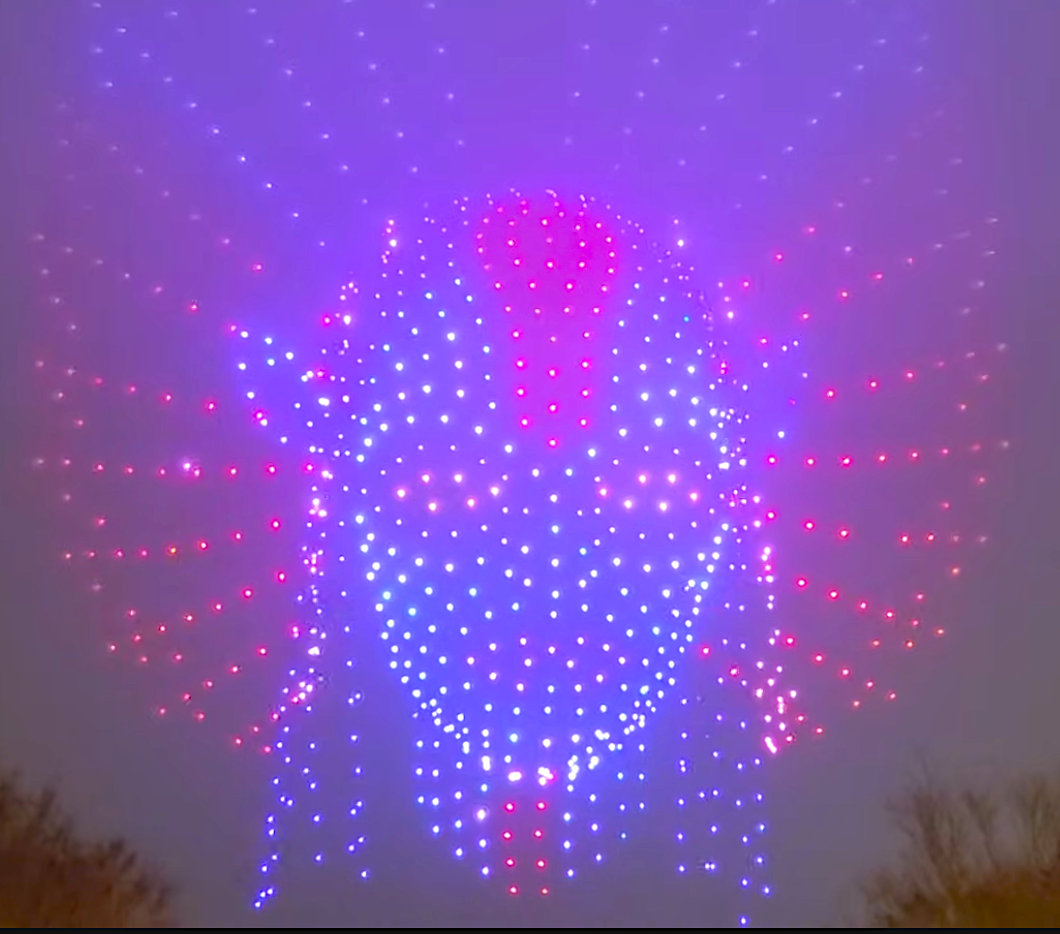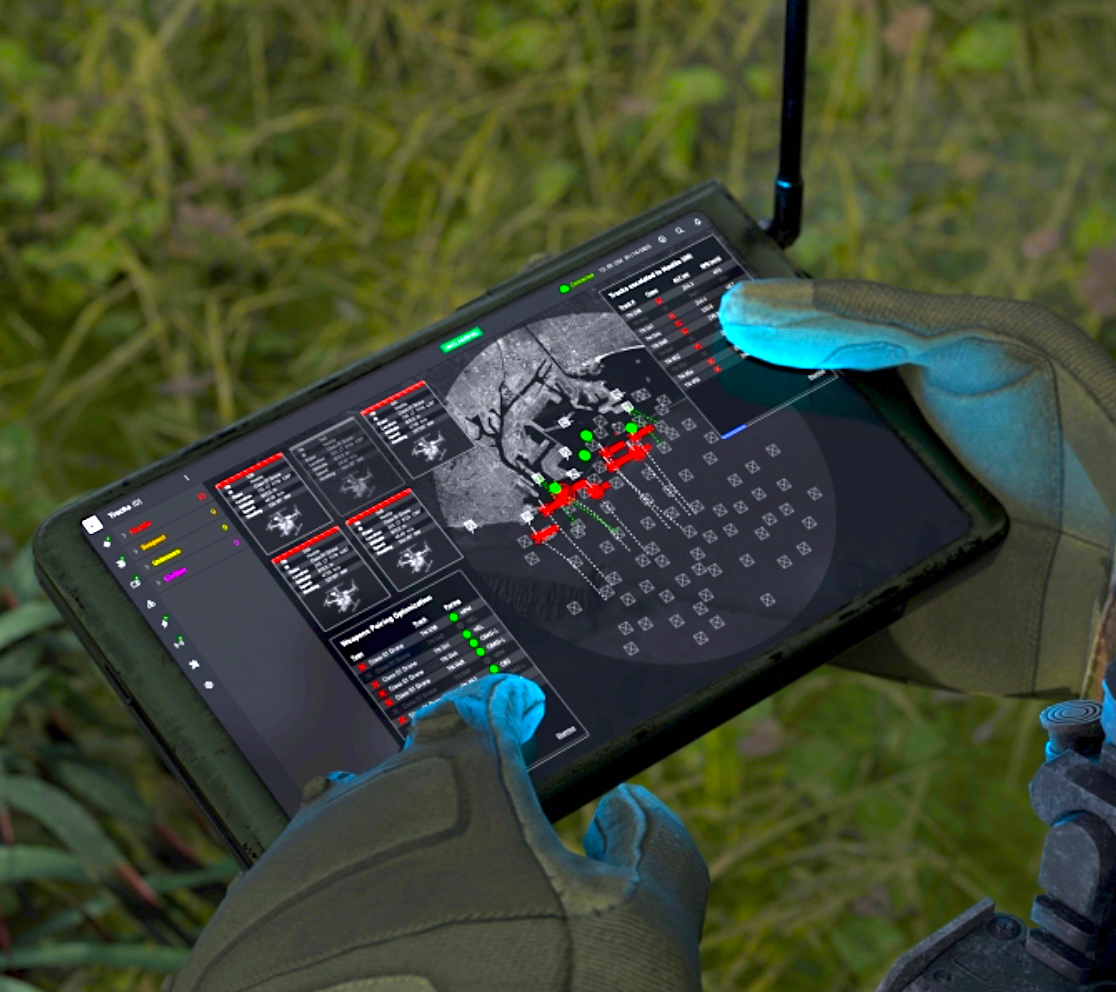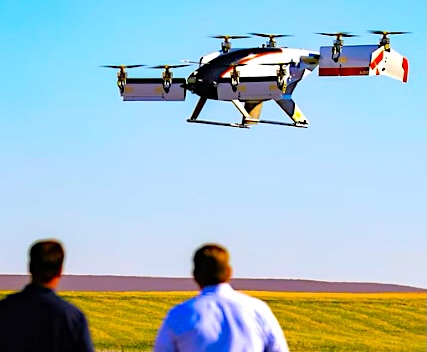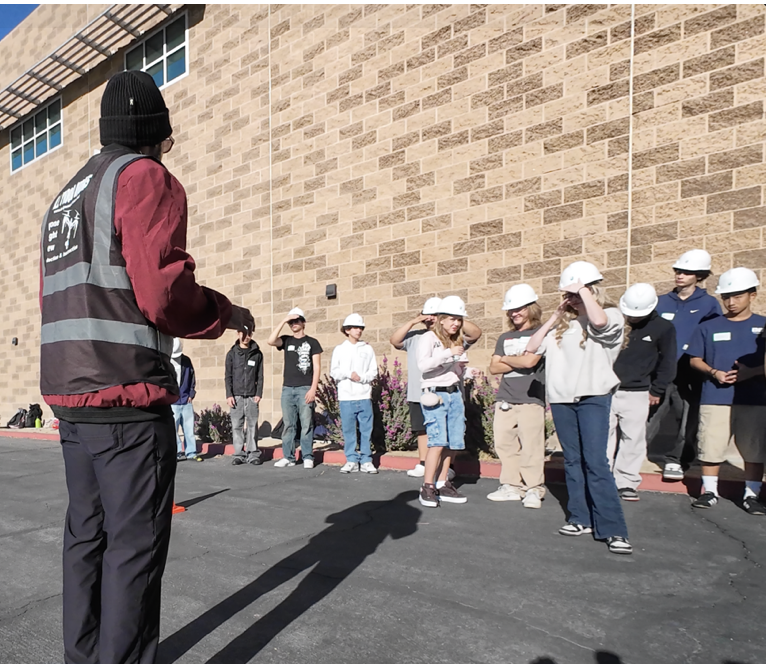Featured NewsTrending NewsMilitaryU.S. Addresses Threat of Terror Drones

The Ukrainian invasion and other military ops across the globe have showcased drones—both combat and commercial models—as decisive weapons of destruction and mayhem.
The United States is absolutely vulnerable to drone attacks by international and/or homegrown terrorists.
As a result, President Joe Biden is addressing the threat with a "Domestic Counter-Unmanned Aircraft Systems National Action Plan"—the first whole-of-government strategy to address unmanned aerial system attacks in the United States.
"The threat to the homeland posed by nefarious, careless, or uninformed operators of commercial recreational drones is growing, as UAS technology becomes increasingly available and the barriers to weaponization remains quite low," stated a senior official in the Biden administration.
The official also referenced examples of drones targeting cilivian and government sites abroad.
"Drones have been the weapon of choice in attacks against heads of state and government officials," said the official, who did not mention any specific threats at this time.
However, drug cartels in Mexico have deployed drones against rivals, and the success of military and cilivian drones against Russian troops during the invasion of Ukraine is a clear warning that drone tech can be used for targeting almost anything.
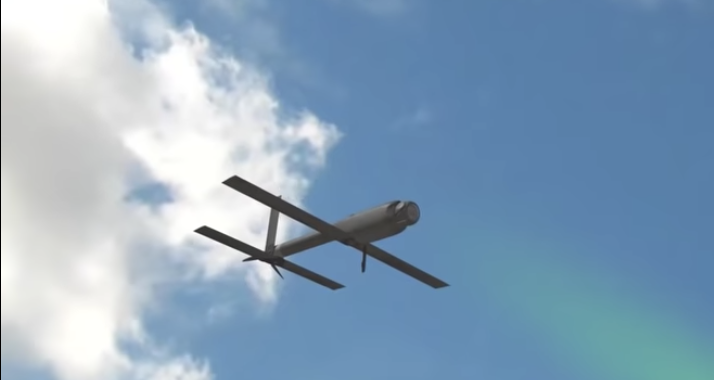
Above: A Switchblade drone
"All of this is concerning, and we know that the same capabilities exist here," the official said. "So, that's the whole point of this national action plan and legislative proposal—to be proactive and ahead of the threat."
However, the official acknowledged that Congress must support an action "to expand a set of tools and actors who can protect against UAS by reauthorizing expanding and creating counter UAS authorities for the Departments of Homeland Security, Justice, Defense, State, as well as the CIA and NASA in limited situations."
Current constraints on federal counter measures to drone threats are as follows:
• Only the Departments of Energy, Defense, Homeland Security, and Justice have authority under existing federal laws to conduct UAS detection and Counter-UAS mitigation activities.
• Furthermore, in the case of DOJ and DHS, those authorities only apply to select agencies within the Department. DHS Customs and Border Protection are authorized to conduct UAS detection and Counter-UAS mitigation activities, but the Transportation Security Administration (TSA) is not. DOJ faces similar constraints where the FBI is permitted to conduct UAS detection and C-UAS mitigation activities, but the U.S. Marshals Service is not.
• Other departments may have authority to conduct activities, but not for all locations that are deemed high-risk. For example, DOD can conduct UAS detection and Counter-UAS mitigation activities domestically at designated high-risk facilities, but military airports are not included in the types of facilities authorized for UAS protection.
• Lawmakers need to support the expansion of drone-detection capabilities to state, local, and tribal authorities.
"We view the Domestic Counter-Unmanned Aircraft Systems National Action Plan as a really important step," said the official in a statement to Newsweek, "but we want to do it in a thoughtful way. We're proposing a six-year pilot, and only a limited number of state and local authorities will be authorized at one time. The FAA will play a critical role in terms of approving who can participate in the pilot and monitoring to make sure that it's successful. We want to start small and get proof of concept so we can hopefully expand over time. We know there are significant gaps. The federal government is just not able to be everywhere they need to be in order to protect the American people. So, we want to bring in state and local, but we are doing it in a very cautious, conservative way."


